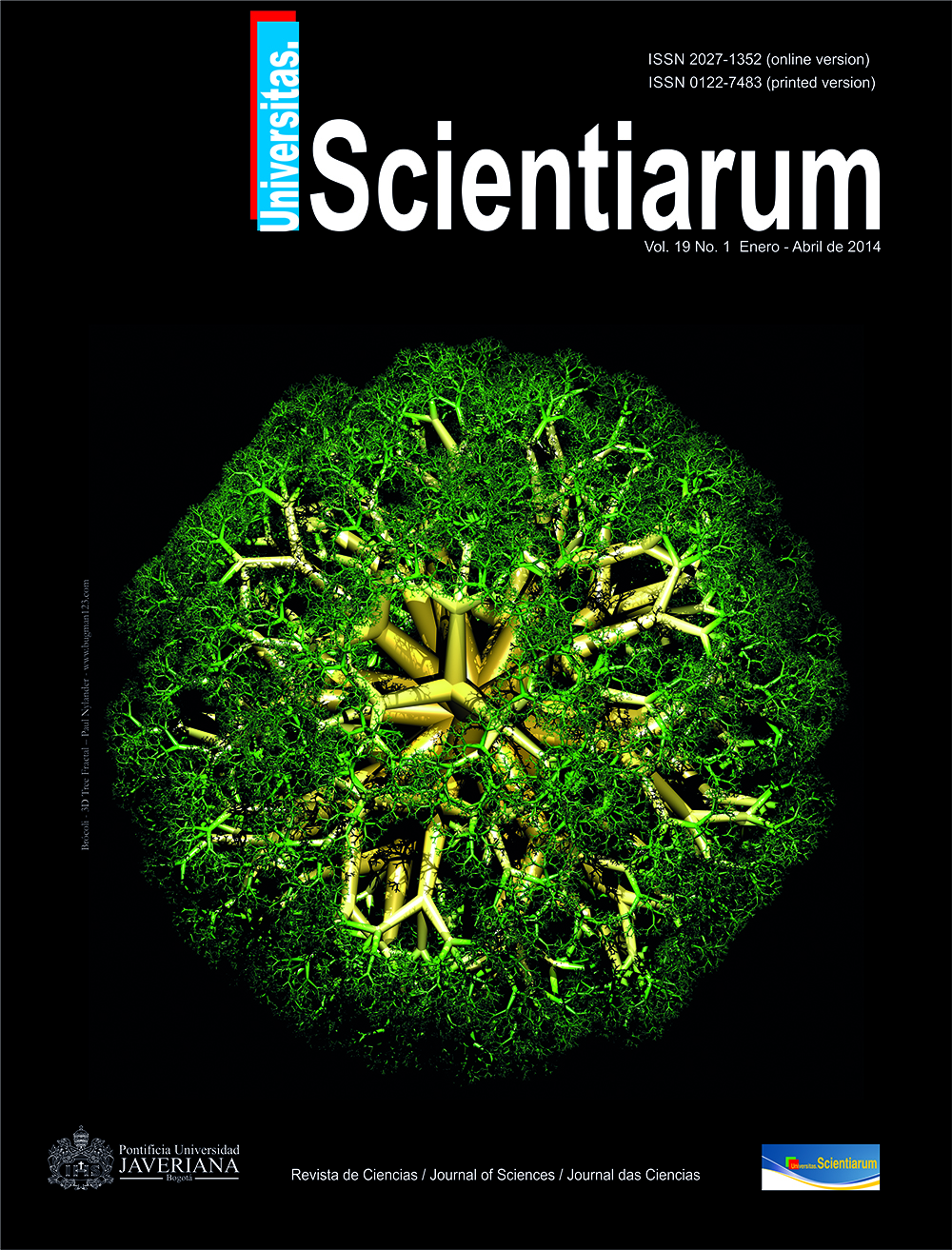Abstract
Rotavirus is recognized worldwide as the main and most important viral pathogen associated with diarrhea in children while norovirus is considered the second cause of epidemic diarrhea in developed countries. Here, we present a comparative study on the prevalence of rotavirus and norovirus in two regions of Colombia: Chocó and Cundinamarca. Five hundred and thirty stool samples were collected; 330 in Cundinamarca and 200 in Chocó. In the sample set from Chocó, 6 % of the samples presented rotavirus and 8 % norovirus; meanwhile, 9.7 % of the samples from Bogotá presented rotavirus and 9 % norovirus. These results show that, in some regions of Colombia, the prevalence of norovirus is similar or slightly higher than rotavirus. This is a tendency that should be examined in other non-developed countries as it suggests that the presence of norovirus should also be under surveillance.Univ. Sci. is registered under a Creative Commons Attribution 4.0 International Public License. Thus, this work may be reproduced, distributed, and publicly shared in digital format, as long as the names of the authors and Pontificia Universidad Javeriana are acknowledged. Others are allowed to quote, adapt, transform, auto-archive, republish, and create based on this material, for any purpose (even commercial ones), provided the authorship is duly acknowledged, a link to the original work is provided, and it is specified if changes have been made. Pontificia Universidad Javeriana does not hold the rights of published works and the authors are solely responsible for the contents of their works; they keep the moral, intellectual, privacy, and publicity rights. Approving the intervention of the work (review, copy-editing, translation, layout) and the following outreach, are granted through an use license and not through an assignment of rights. This means the journal and Pontificia Universidad Javeriana cannot be held responsible for any ethical malpractice by the authors. As a consequence of the protection granted by the use license, the journal is not required to publish recantations or modify information already published, unless the errata stems from the editorial management process. Publishing contents in this journal does not generate royalties for contributors.



